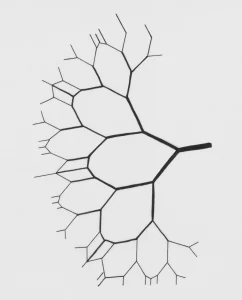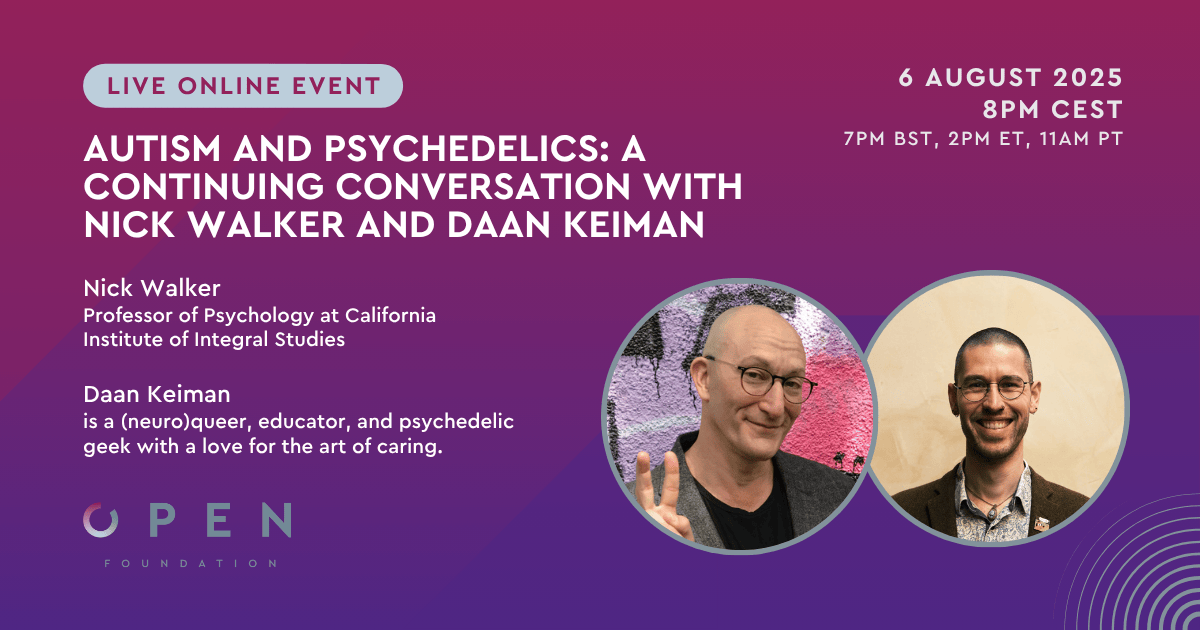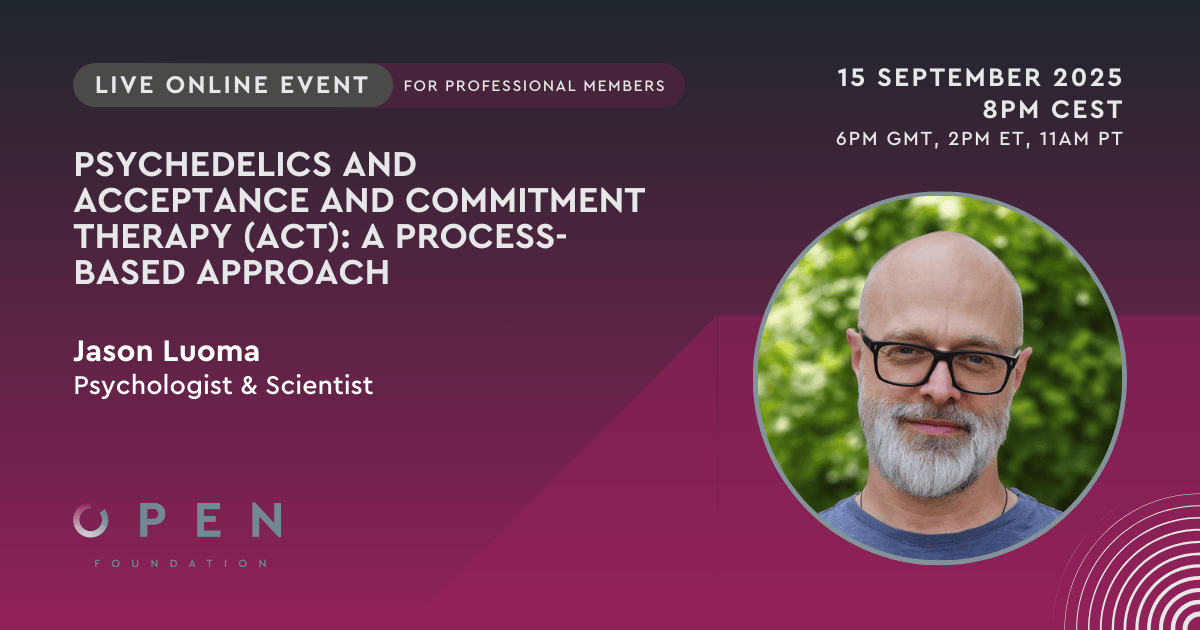The Shipibo-Konibo people from the Peruvian Amazon are part of the Pano ethnolinguistic family. Distributed within more than one hundred villages, the inhabitants live along the Ucayali River and its tributaries, on both sides of Pucallpa city. The Shipibo women are recognized for their handicrafts (especially pottery and textiles) decorated with magnificent geometrical drawings. The curandero sees these same patterns in his visions during the night-sessions of ayahuasca. The curandero is a practitioner, a shaman who thanks to his initiatory apprenticeship, has developed the capacity to make the link between the human beings in the physical world and the spirits in the world above. These spirits are endowed with volition and intentionality just like human consciousness. Moreover, they can find embodiment in an animal, plant, mineral or even in a geographical structure. The knowledge of the curandero is based on the incorporation of powerful plants called rao. The strength of these rao is linked to their double nature: a material aspect, the physicality or the body of the plant, juxtaposed to the spiritual aspect, the interiority or the spirit of the plant. After ingestion, these plants pass on some knowledge to the curandero during dreams or visions. He will learn to understand and to use them according to his progress along his initiatory route. After the initiation diet, he can see his recently acquired powers through the ingestion of the ayahuasca decoction.
For several years, and this movement accelerates, a greater number of Westerners visit repeatedly Shipibo curanderos in their small villages. They come from diverse horizons and their reasons are varied: a disease, a need for exoticism, a mystic quest, etc. By studying this growing tendency, we can observe a reappropriation of the speech of the other like a kind of knowledge crossing. Shipibo curanderos get better organized in order to welcome better these people in a more adapted way to their culture; whereas, in Europe, the followers of ayahuasca recreate a small community, developing a kind of subculture that integrates this non-native practice into particular processes of therapies. Making a link between both continents, I am interested to analyze elements absorbed, incorporated, and even thrown back in these new syncretic therapy practices as well as the transformation of the Shipibo curanderos’ speech. Moreover, I will approach other interesting peculiarities to understand better the functioning of the Shipibo shamanism; such as consubstantiation, the finished conception of the self-contained universe, the notion of niwe (energy), olfactory perception as a particular hermeneutic, etc.













